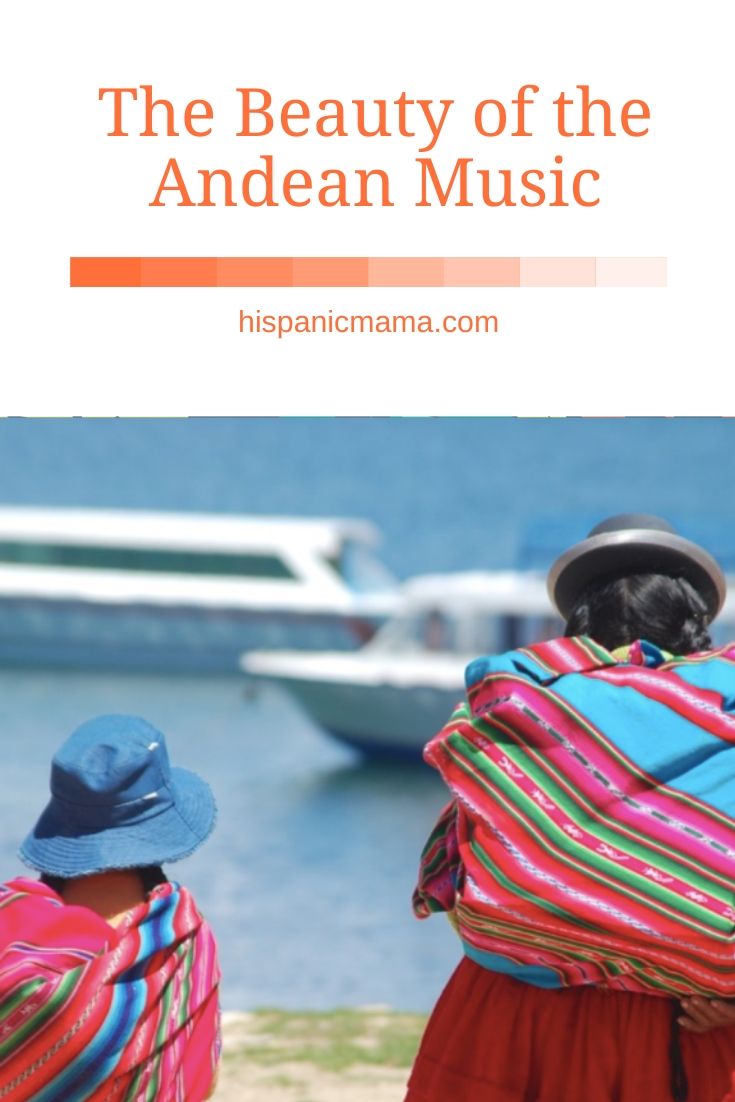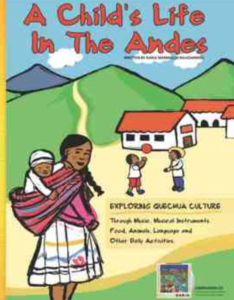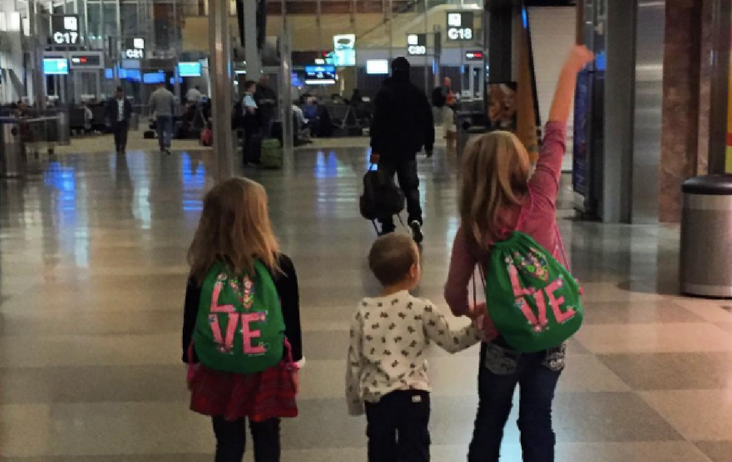My mom taught me to appreciate and love our Inca heritage through the stories she read to us, the historic places she took us to visit, and the Andean music that she listened to.
Like most of the Ecuadorian people, my family also is linked to the Andean civilizations that lived in the area before the Spanish Conquest.
I know that all these things helped me to feel a special connection and reverence for the Inca people. But, more than anything, it connected me deeper with my mother and heritage.
RELATED POST: Quechua Words That Are Widely Used In English
5 Favorite Songs of the Andes
Andean communities have a powerful musical tradition inherited from the Inca Empire and later fused with Spanish music elements. It includes folklore music of parts of Argentina, Chile, Bolivia, Peru, Ecuador, Colombia and Venezuela. Here are my favorite Andean songs:
El Condor Pasa is a famous piece that is considered part of the cultural heritage of Peru. It’s the most beautiful song that I have ever heard. Find it on Cancioncitas De Los Andes / Little Songs Of The Andes which features six songs where the familiar sounds of panpipes and charangos are always present.
Tierra de Condores is a melancholic Andean song with all the sounds of Bolivian musical tradition
Valicha is a ‘huayno’ song from Cusco in Peru and it was inspired in the true story of Valerian Huillca Condori known as ‘Valicha’ .
Papel de Plata is another beautiful Andean song from Peru. I love the sound of the charango and zampoñas in this song.
Balseros del Titicaca is one of my favorite songs of the Andes. Listen carefully to the instruments and how it celebrates the Inca heritage.
Check out this list of children’s books about the Inca civilization
Explore the Inca empire, including how the Incas survived in the mountains, how the empire was built, and why it disappeared.
History for kids: Incan Empire
The author guides you through a discovery of the Incas who have left us with not only artifacts and structures of their civilization, but also many mysteries and questions about their origins and the things they did while their empire stood strong.
This book can serve as a great supporting educational tool to explore the Andes since it covers “the geography of the area, daily life, animals, foods and languages spoken in this region.”

Do you have any questions about Andean music? Let me know in the comments!








What a lovely cover for the CD. I have long wanted to visit the Andes. There’s nothing like traditional music. I have half Lebanese, and feel nostalgic hearing Arabic music.